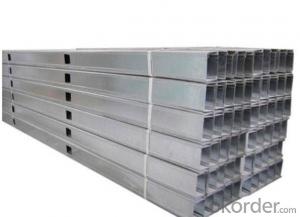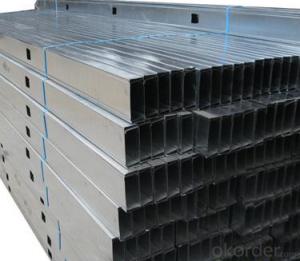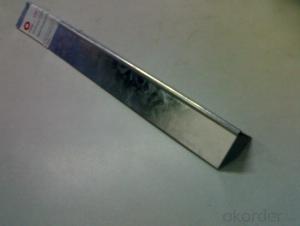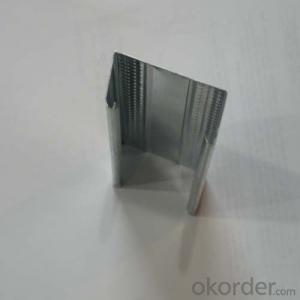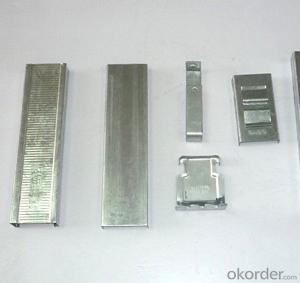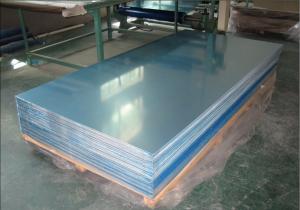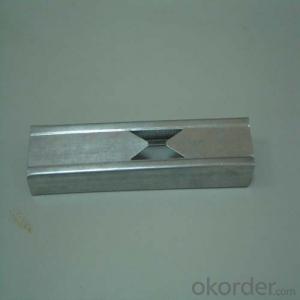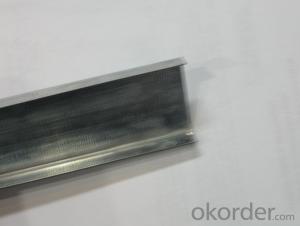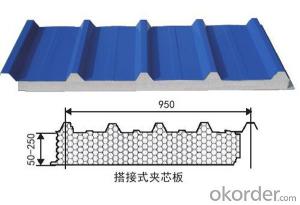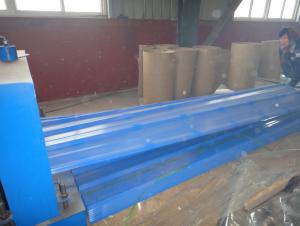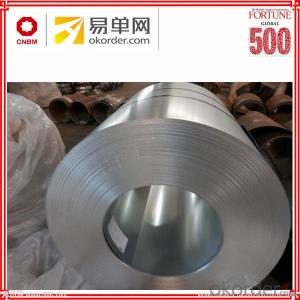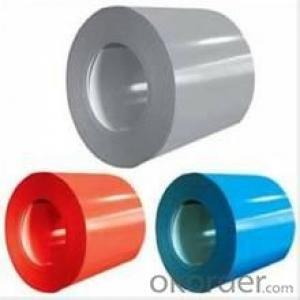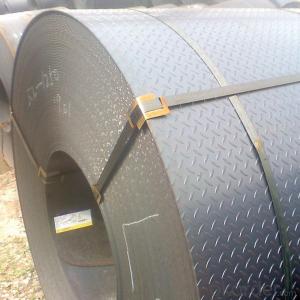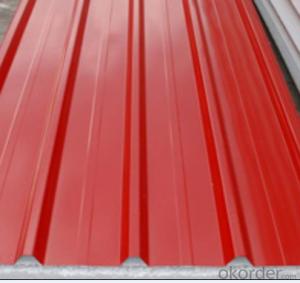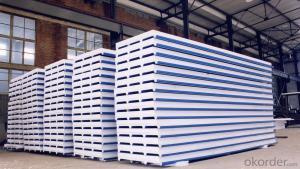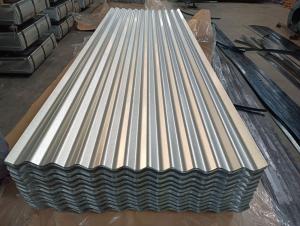28 Gauge Galvanized Sheet Metal
28 Gauge Galvanized Sheet Metal Related Searches
Best Paint For Stainless Steel Paint For Galvanized Steel Steel Frames For Furniture Self Tapping Screws For Steel Surface Grinding Wheels For Hardened Steel Hole Saw For Stainless Steel Paint For Stainless Steel Stainless Steel For Bbq Step Bit For Stainless Steel Sponge For Stainless SteelHot Searches
Used Metal Folding Chairs For Sale Large Metal Containers For Sale Metal Shop Cabinets For Sale Metal Shipping Crates For Sale Galvanized Steel Scrap Price Fiber Sheet Price In India Galvanized Steel Prices Plastic Fiber Sheet Price Upvc Roofing Sheet Manufacturer In India China Geomembrane Roll Sheet Lasani Wood Sheet Price Rhino Roofing Sheet Price List Tinplate Sheet Price Mdf Price Per Sheet 4Mm Mdf Sheet 1220X2440Mm Price Grp Sheet Price Aluminum Sheet Stock Sizes Cost Of 4X8 Sheet Of Plywood Cost Of Drywall Per Sheet Buy Sheet Plastic28 Gauge Galvanized Sheet Metal Supplier & Manufacturer from China
Okorder.com is a professional 28 Gauge Galvanized Sheet Metal supplier & manufacturer, offers integrated one-stop services including real-time quoting and online cargo tracking. We are funded by CNBM Group, a Fortune 500 enterprise and the largest 28 Gauge Galvanized Sheet Metal firm in China.Hot Products
FAQ
- The cost of steel sheets can differ based on various factors, including the steel's type and grade, the sheet's thickness and size, and the prevailing market conditions. Typically, steel sheets can be priced between $0.60 and $1.50 per pound. Nevertheless, it is crucial to note that these figures are only approximate and subject to frequent modifications due to fluctuations in the steel market and other economic elements. To obtain the most precise and current pricing details for steel sheets, it is recommended to consult local suppliers or utilize online platforms.
- Yes, steel sheets can definitely be used for shipbuilding. In fact, steel is one of the most commonly used materials in shipbuilding due to its excellent strength, durability, and resistance to corrosion. Steel sheets are typically used to construct the hull, decks, and other structural components of a ship. The high tensile strength of steel allows ships to withstand the harsh conditions of the ocean, including heavy waves and extreme weather. Additionally, steel sheets can be easily fabricated and welded together, making them ideal for constructing large and complex ship structures. Overall, steel sheets are a reliable and efficient choice for shipbuilding.
- What's the difference between a spray plate and a colored steel plate?
- Plastic sheet, first can choose the thickness and material on the plate, and then spray processing, and then processing the plastic powder color and quality can choose according to your requirements, general plastic plate from high-end to low-end can meet your requirements, if you need to own production will be cumbersome!
- Yes, steel sheets can be used for certain electrical applications. Steel sheets are often used as a magnetic core material in transformers and in electrical motors. However, for most other electrical applications, materials with better electrical conductivity, such as copper or aluminum, are preferred.
- There are several advantages of using steel sheets. Firstly, steel sheets are highly durable and have a long lifespan, making them a cost-effective choice. They are resistant to corrosion, rust, and weathering, making them suitable for both indoor and outdoor applications. Additionally, steel sheets offer excellent strength-to-weight ratio, providing structural integrity while being lightweight. They are also versatile and can be easily formed, welded, and fabricated into various shapes and sizes, making them suitable for a wide range of applications in industries such as construction, automotive, and manufacturing. Lastly, steel sheets are recyclable, making them an environmentally-friendly choice.
- To create a composite material that surpasses the strength and durability of conventional steel, the lamination of steel sheets encompasses various sequential steps. Initially, the steel sheets undergo a thorough cleaning and preparation process to eliminate any impurities or contaminants. This step is vital in guaranteeing a robust bond between the layers and preventing any flaws in the end product. Subsequently, an adhesive layer is administered onto one or both sides of the steel sheets. The selection of the adhesive is contingent upon the desired characteristics of the laminated steel, with options ranging from thermosetting resins to thermoplastic materials. Once the adhesive is applied, the steel sheets are assembled, with the adhesive layer(s) sandwiched in between. To initiate the bonding process, the sheets are subjected to intense heat and pressure. This can be achieved through the utilization of a hydraulic press or a hot rolling mill. The combined effect of heat and pressure causes the adhesive to liquefy and flow, forming a sturdy chemical bond between the steel sheets. The application of high pressure ensures the even distribution of the adhesive and fills any gaps or irregularities that may exist between the sheets. Upon the completion of the bonding process, the laminated steel sheets are cooled and trimmed to the desired size and shape. They can then undergo further processing, such as cutting, bending, or welding, to fulfill specific application requirements. In summary, the process of laminating steel sheets encompasses a series of actions, including cleaning and prepping the sheets, adhesive application, sheet stacking, exposure to high temperature and pressure, cooling, and finalizing the shape. This process results in a composite material boasting enhanced strength, corrosion resistance, and other desirable properties when compared to traditional steel.
- The application process and resulting finish distinguish painted steel sheets from powder coated steel sheets. Painted steel sheets are typically covered with a liquid paint, which can be applied through various methods such as spraying, brushing, or dipping. This liquid paint contains pigments and binders that stick to the steel surface and create a protective layer. It is possible to customize the paint in terms of color, gloss, and texture, allowing for a multitude of design options. However, painted surfaces may be susceptible to chipping, peeling, and fading over time, especially in harsh environments or with exposure to UV radiation. On the other hand, powder coated steel sheets are coated with a dry powder, which is electrostatically administered to the steel surface. The powder consists of a blend of finely ground particles, including pigments, resins, and additives. When applied, the steel sheet is heated, causing the powder particles to melt and fuse together, resulting in a sturdy and consistent coating. The outcome is a smooth, uniform finish that offers exceptional resistance to chipping, scratching, and UV radiation. Powder coating also provides a wider range of color choices and finishes compared to traditional liquid paint. In conclusion, although both painted and powder coated steel sheets offer protection and aesthetic appeal, powder coating provides superior durability, damage resistance, and a broader range of design possibilities.
- A metal sheet with holes or perforations evenly spread across its surface is known as a perforated steel sheet. These holes can come in various shapes and sizes, including round, square, or slotted. Perforated steel sheets are commonly utilized in situations where there is a need for airflow, visibility, or drainage, such as in architectural design, filtration systems, and acoustic panels. The primary advantage of perforated steel sheets is their ability to offer these functionalities while still maintaining their structural integrity. Contrarily, a woven steel sheet is created by intertwining steel wires in a specific pattern. This interlacing results in a mesh-like structure where the wires form intersecting horizontal and vertical lines. Woven steel sheets are frequently employed in applications that require strength, durability, and security, like fencing, guarding, and industrial filtration systems. The main advantage of woven steel sheets is their capability to provide a high level of strength and security due to the tightly interwoven wires. In conclusion, the primary distinction between perforated and woven steel sheets lies in their distinctive structures and functionalities. Perforated steel sheets consist of evenly dispersed holes across their surface, offering advantages such as airflow and visibility. On the other hand, woven steel sheets are formed by intertwining steel wires to create a mesh-like structure, providing benefits such as strength and security. The choice between the two depends on the specific requirements of the given application.






